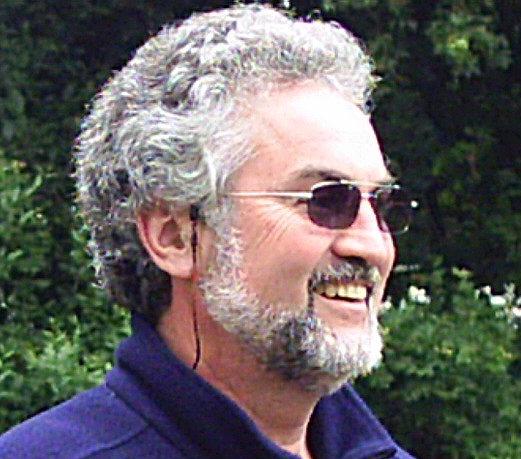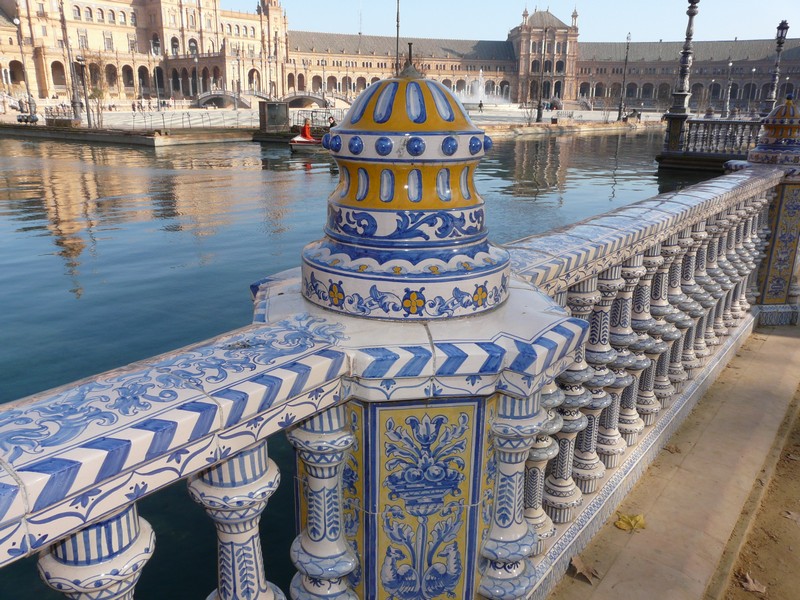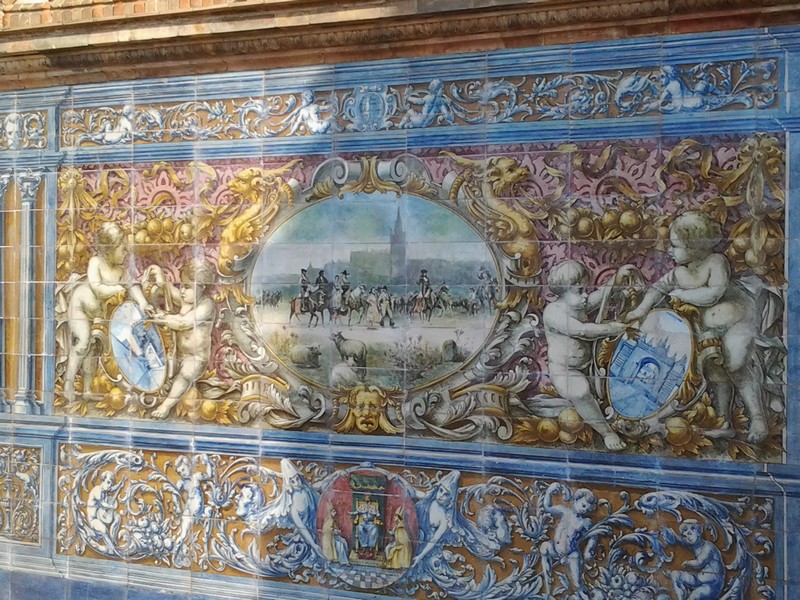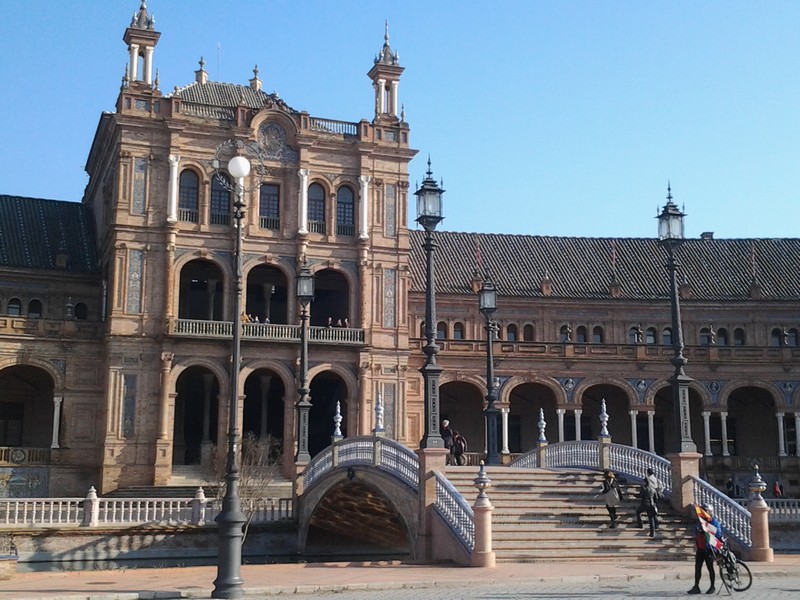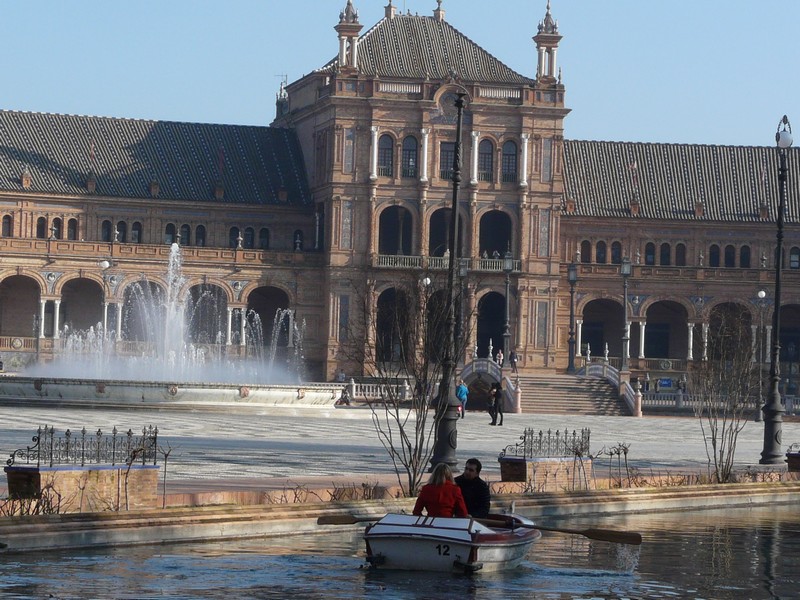 |
 |
|
Hercules Column in Seville
|
 |
|
|
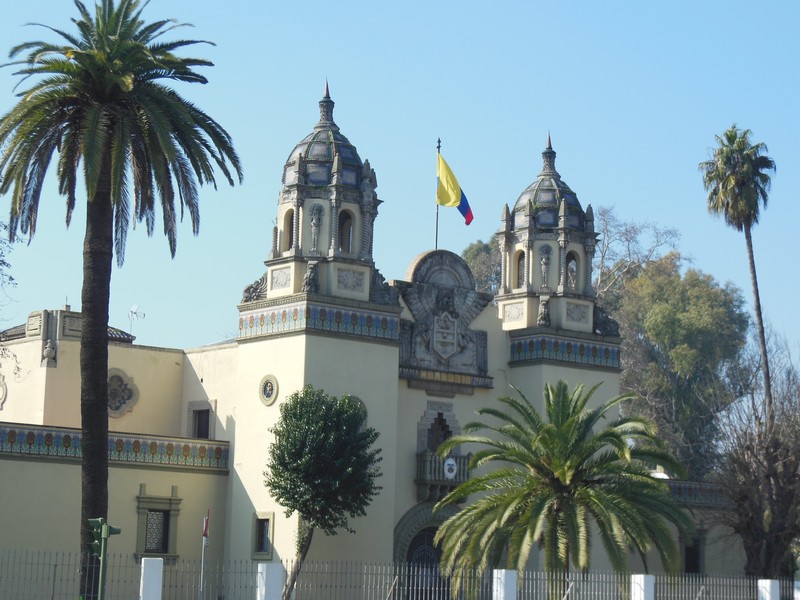 |
|
 |
 |
|
Flamenco dancing, luscious tapas, gypsy music -- that’s what most people think of when they hear the name of the fabulous city of Seville, but that’s only part of what this city represents. The capital of Andalucía has some of the most fabulous architecture I've ever seen anywhere in Europe - and I’ve travelled to nearly every major city in Europe.
Seville is unique and its architecture reflects the vividness of its history, beginning with the influence of the Arabs. Seville was one of the first cities to fall into the hands of the Moors in 712, and from 1170 to 1212 it was even the capital of the Moorish empire.
After America was discovered, Seville's harbor on the Guadalquivil River became the largest in Europe. (Since the Guadalquivil River is mostly tidal, Cadiz, situated directly on the coast, eventually overtook the role in southern Spain as the primary harbor.) Numerous goods were traded there and a vast mixture of cultures and populations became the residents of the city. Today, it is a conglomerate of architecture and cultures from all over the world,
|
 |
|
|
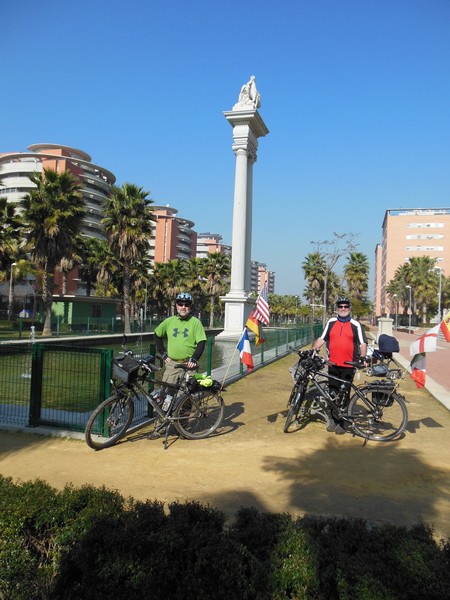 |
 |
 |
|
Two Cyclists in a Park in Seville
|
 |
|
|
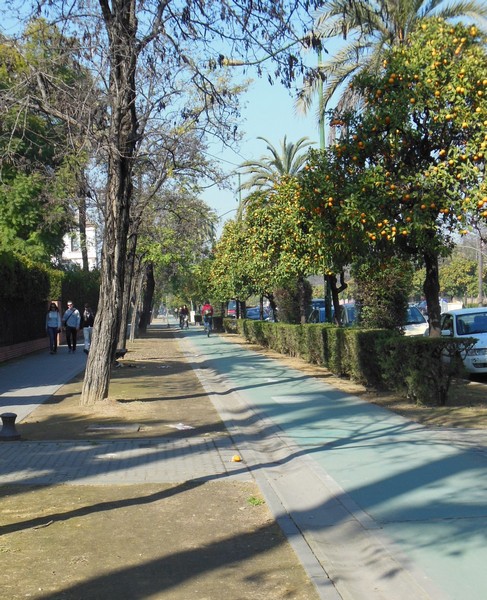 |
 |
 |
 |
 |
 |
|
 |
 |
 |
|
Along many avenues, there are cycling paths in Seville.
|
|
|
|
Wikipedia: The Ibero-American Exposition of 1929 was a world's fair held in Seville, Spain, from 9 May 1929 until 21 June 1930. Countries in attendance of the exposition included: Portugal, the United States, Brazil, Uruguay, Mexico, Peru, Argentina, Chile, the Republic of Colombia, Cuba, Venezuela, the Dominican Republic, Bolivia, Panama, El Salvador, Costa Rica, and Ecuador. Each Spanish region and each of the provinces of Andalusia were also represented. Spain’s Dictator General Don Miguel Primo de Rivera gave the opening address. Primo allowed the Spanish King Alfonso XIII to give the final words and officially open the exposition. The purpose of the exposition was to improve relations between Spain and the countries in attendance, many of which were former Spanish colonies.
The exposition was smaller in scale than the International Exposition held in Barcelona during that same year, but it was not lacking in style. The city of Seville had prepared for the Exposition over the course of 19 years. The exhibition buildings were constructed in María Luisa Park along the Guadalquivir River. A majority of the buildings were built to remain permanent after the closing of the exposition. Many of the foreign buildings, including the United States exhibition building, were to be used as consulates after the closing of the exhibits.
|
|
|
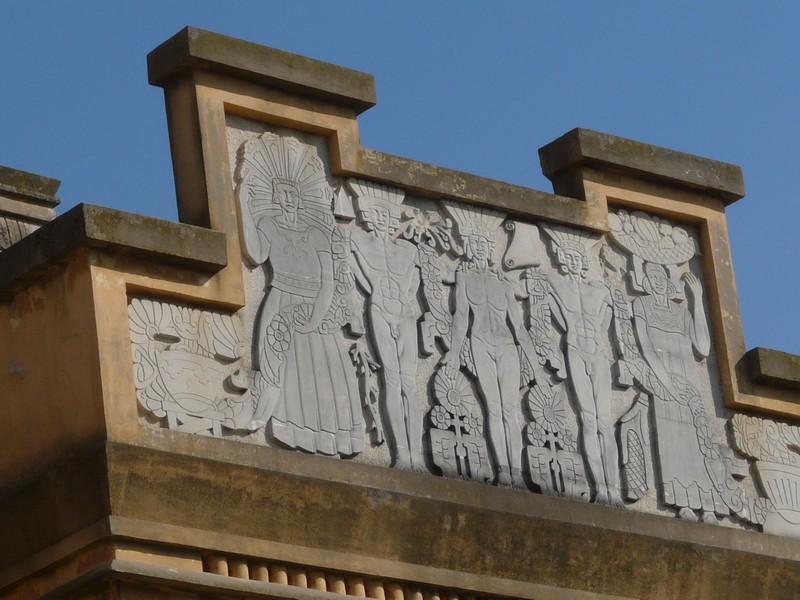 |
|
|
|
Impressive Sculpture Above the Portal
|
|
|
|
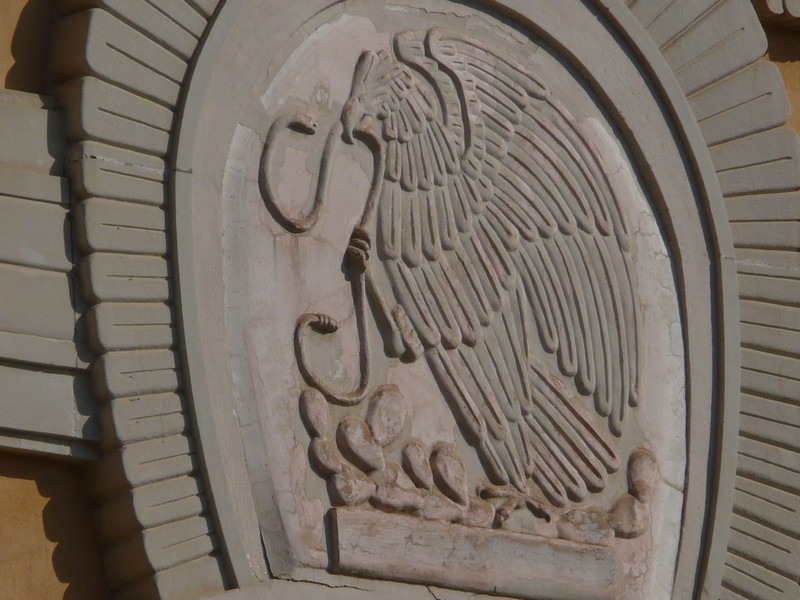 |
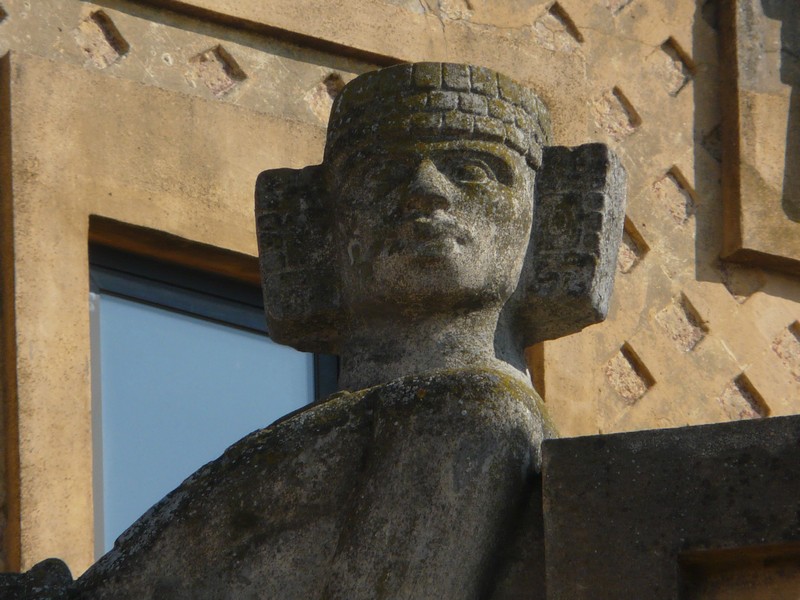 |
|
 |
|
|
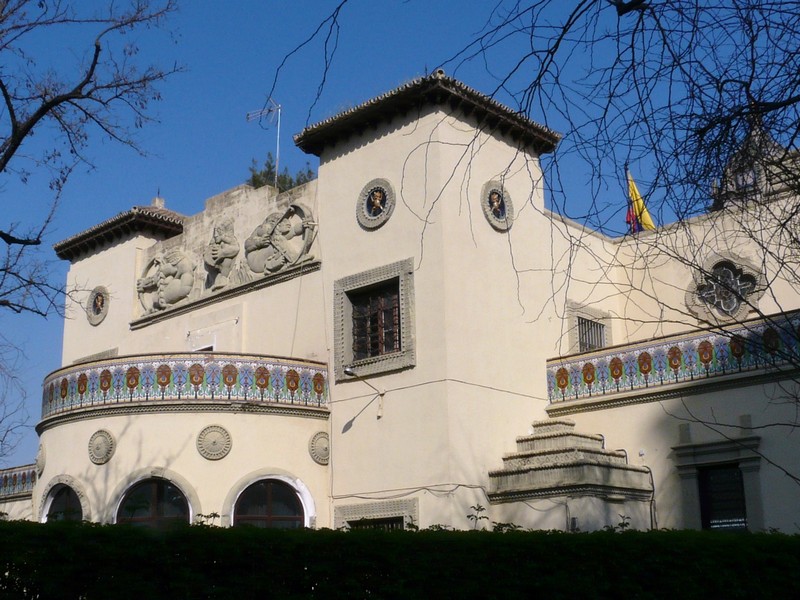 |
 |
 |
|
Rear Entrance to the Columbian Consulate
|
|
